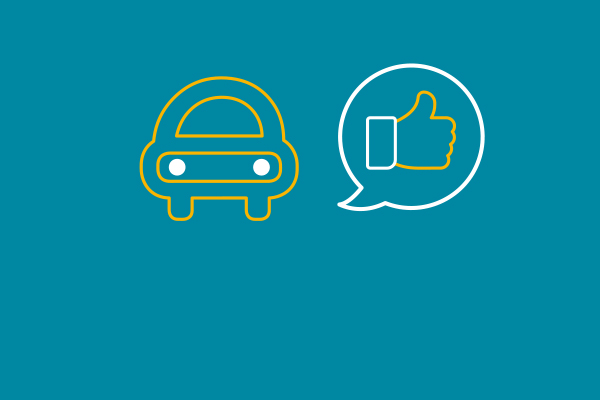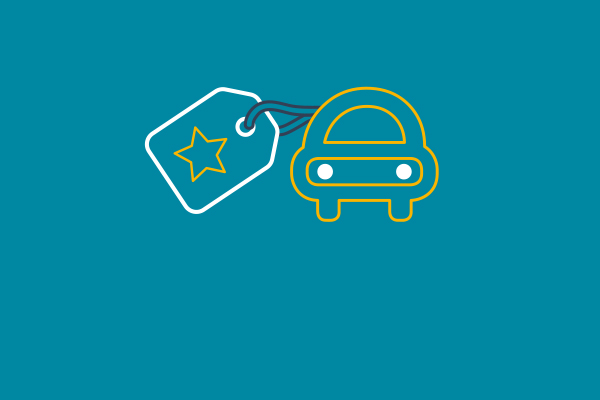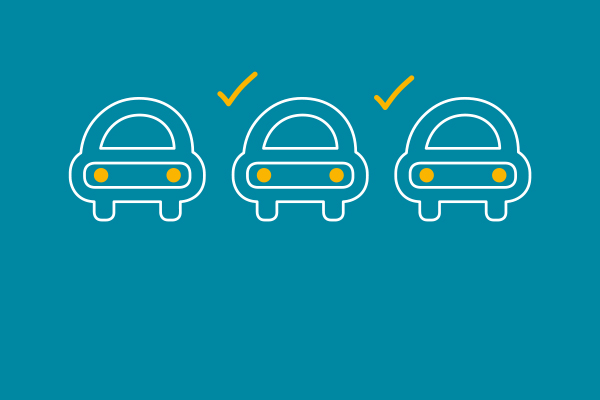- Get a Quote
- Help & Contact
- My Account
- About Us


Fleet Hub
Clean air zone...what's that?
Clean air zone...what's that?
Here's what you need to know...
To improve air quality, some local authorities in the UK are introducing or have already introduced clean air zones. A clean air zone is a location where people may have to pay a charge if their vehicle exceeds emission standards. Although this may seem unfair, this is being put in place to help improve our environment and make it a better place for us to live.
Cities with clean air zones: • Bath • Birmingham • Portsmouth • Bradford • Bristol • Sheffield (early 2023) • Newcastle & Gateshead (early 2023) • Greater Manchester (under review) There are 4 types of clean air zones, from Class A to D. If you know you’re heading to one, you can check if you need to pay a charge for a vehicle before you drive in it by heading to the local council’s website. Zones operate 24 hours a day, 7 days a week, every day of the year, so don’t be caught out. Either pay up to 6 days before you travel or pay up to 6 days after you travel. To avoid being charged in a clean air zone, your vehicle must meet the following minimum standard: • Buses, coaches, heavy goods vehicles - Euro VI • Vans, minibuses, taxis, private hire vehicles, cars - Euro 6 (diesel) and Euro 4 (petrol) • Motorcycles - Euro 3 Each vehicle type has a minimum emission standard, which you can find in your vehicle’s emission standard in your vehicle logbook or from your vehicle manufacturer. One of the best things you can do, to avoid getting charged in clean air zones (that are popping up across the country all the time), and to help the environment, is to go electric. We offer a range of electric and low-emission cars for a fantastic price, to those within the NHS and public sector, check out our special offers.



